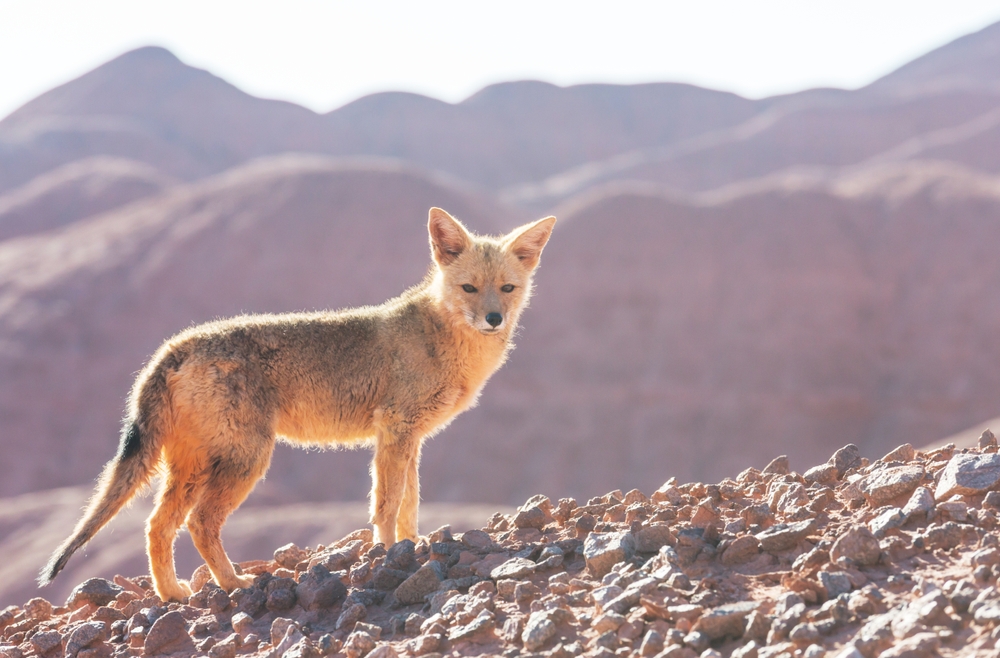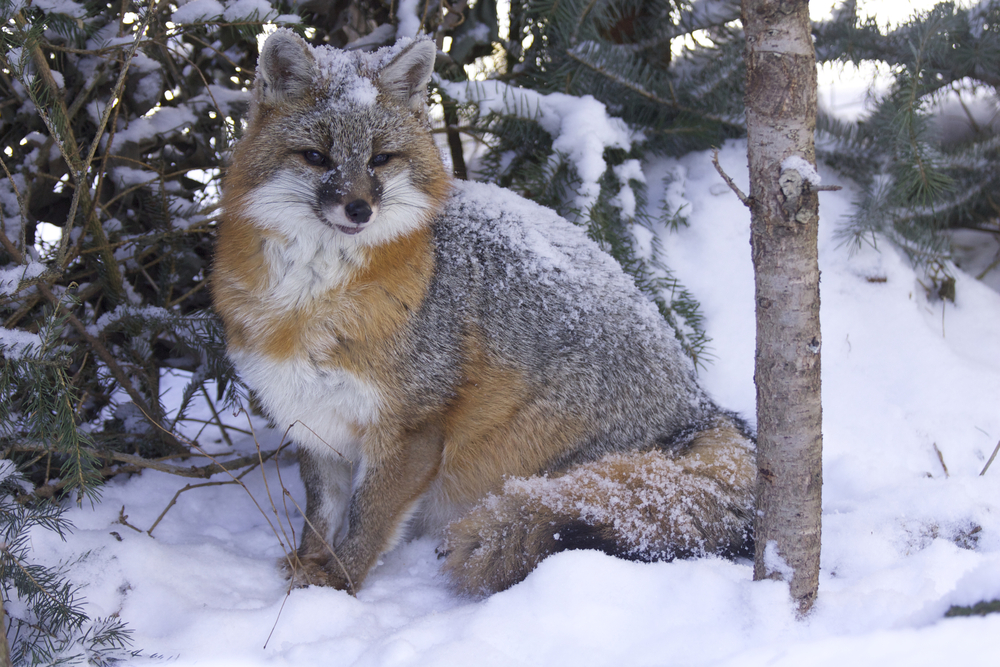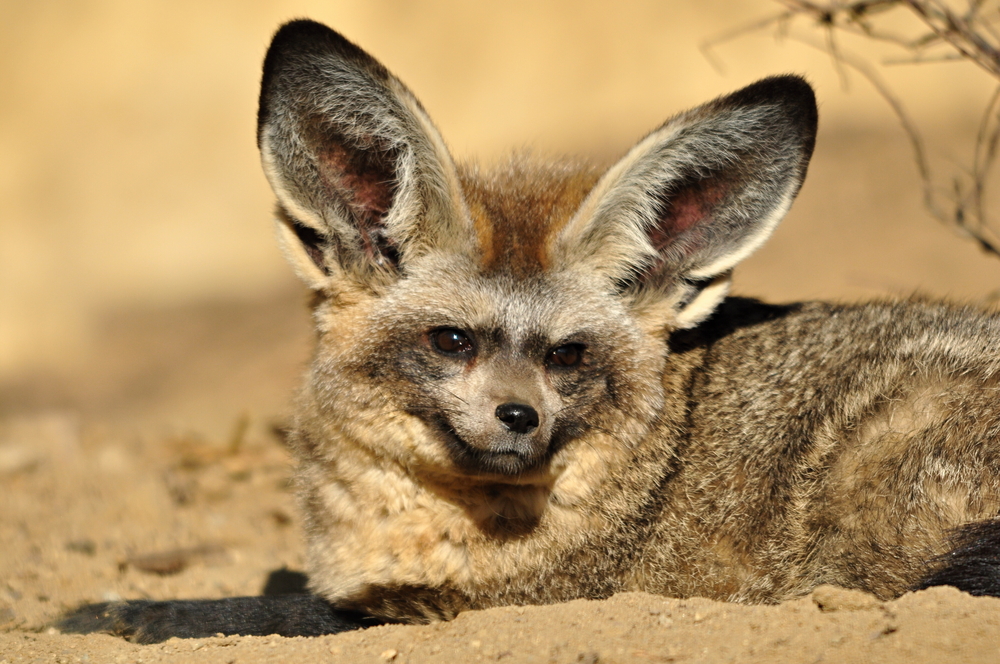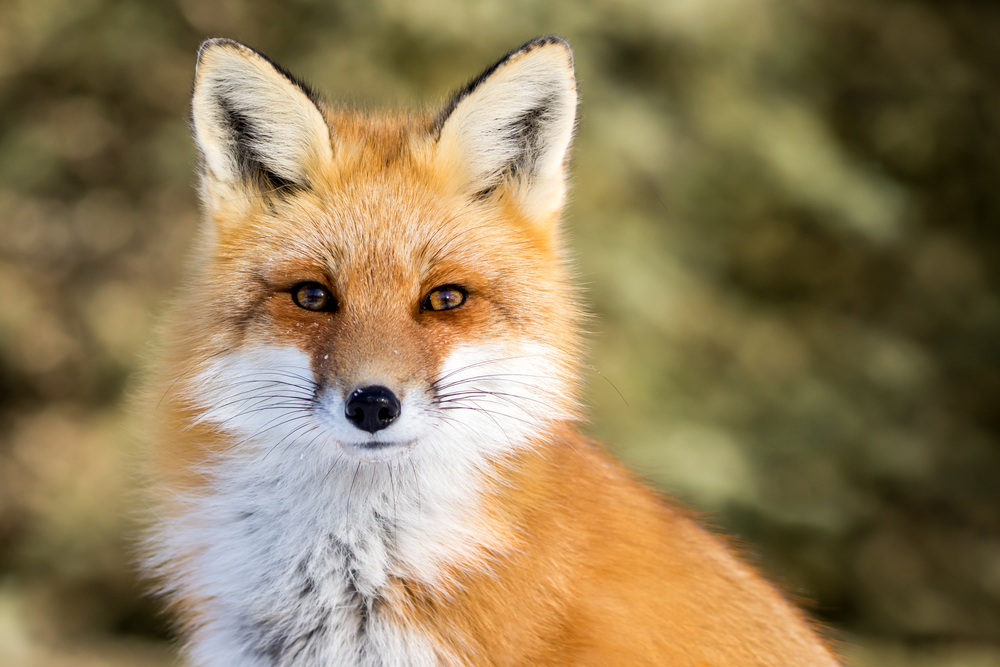The American Gray Fox is one of the most unique and ancient canids in the Western Hemisphere. With traits more commonly associated with cats than dogs—including the ability to climb trees, a semi-retractable claw structure, and a distinct evolutionary lineage—it occupies a special ecological and evolutionary niche. Below is a structured overview in the style of the AK Uniqueness document:
Oldest Canid Lineage in North America:
The Gray Fox belongs to the genus Urocyon, considered the most basal or primitive group of canids still living in North America.
-
Its lineage diverged over 10 million years ago, long before modern foxes and wolves evolved.
-
It is genetically distinct from red foxes, coyotes, and wolves, placing it in a separate evolutionary branch of the dog family.
Tree-Climbing Canid:
The American Gray Fox is one of the only canids in the world that regularly climbs trees.
-
Uses hooked, semi-retractable claws to grip bark and ascend vertical trunks.
-
Climbs to escape predators, find food (e.g., fruit or bird nests), or rest in tree hollows.
-
Can descend headfirst, like a cat—an ability rare in the dog family.
Catlike Movement and Appearance:
The Gray Fox’s arched back, graceful gait, and vertical-slit pupils give it a feline-like presence.
-
Moves with agility and stealth in dense underbrush.
-
Uses ambush-style hunting and short stalking bursts, unlike most coursing canids.
Highly Variable and Omnivorous Diet:
Among North American canids, the Gray Fox is uniquely fruit-dependent during fall and winter, often eating more plant material than animal prey.
-
This dietary shift supports its year-round survival in both forested and arid habitats.
-
Also practices food caching, which is more typical of bears or corvids than canids.
Paired, Territory-Holding Lifestyle:
Unlike more gregarious foxes, the Gray Fox forms long-term monogamous pairs, often sharing a stable territory year after year.
-
Territories are marked with scent and defended quietly
-
Both parents participate in raising pups, increasing juvenile survival
Cryptic and Understudied:
Although widespread, Gray Foxes are rarely seen due to their:
-
Nocturnal habits
-
Tree usage
-
Quiet, secretive nature
As a result, they are less studied than more visible relatives like the Red Fox or Coyote.
The American Gray Fox’s arboreal ability, prehistoric ancestry, and solitary forest behavior make it a biological outlier among wild canids. It serves as a living fossil, representing one of the earliest surviving branches of the dog family and a uniquely adaptable predator in North and Central America’s woodlands.








































































